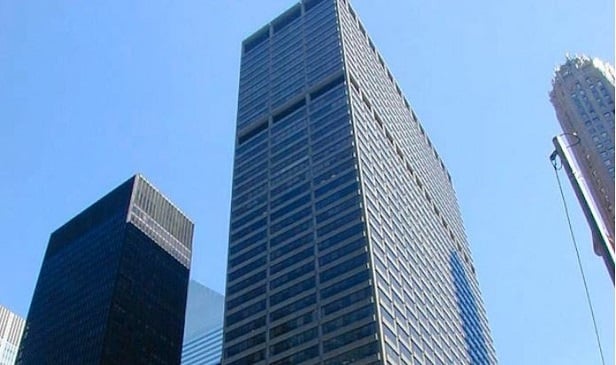SHANGHAI, CHINA-The bubble is beginning to form again in China, where purchases of high-end office and retail buildings totaled about $7.4 billion in the first half of 2010, according to CB Richard Ellis Group Inc. here. Many believe the office market has hit bottom, given data such as rents for buildings in Beijing being up in the first quarter by 5.7%, says Danny Ma, a senior director at the company.
He tells GlobeSt.com that stringent measures were released in April by the central government in order to tighten the market by curbing speculative demand. In the following several months, the residential market saw broad-based shrinking of transaction volume, especially in top-tier cities, of which property price surged in 2009. The commercial property market appears to be more stable, Ma says. “On the back of sound fundamental growth across China, the prime office market has plainly bottomed out since the second half in 15 major cities that we monitor. Meanwhile, most cities in our coverage have witnessed double-digit growth in total retail sales in recent years. The sound growth of fundamentals is the primary driver for steady growth of prime retail properties among regions.”
There was economic growth easing in the second quarter, largely attributed to fewer new infrastructure investment projects having been approved since 2010, and new loan extension moderated recently to rein in the growth of annual credit and the stimulus for investment seen in 2009 returned, Ma says. “However, the central government is willing to see a sustained growth of the economy through transition from being investment driven to consumption-based, rather than a hard landing,” he says. “Looking ahead, developers may start delaying new construction to offset the uncertainty of the market and hence further soften the growth. Given that the government cannot tolerate a sharp decline in investment growth, it may accelerate the construction of low-rent housing and economic housing to fuel the economy.”
He says that in contrast to the freezing transaction volume in first-tier cities, property markets in smaller cities such as Chongqing, or even Hefei are less affected in this round of tightening. Meanwhile, residential prices in some second-tier cities appear to be more resilient given the rapid growth of local residents’ disposable income and robust demand, Ma says.
“Despite the mild moderation seen in the first half of 2010, China GDP growth will increase at a steady pace over the next year and is projected at 9% to 10% growth for 2011,” Ma says. “Overseas investors are still attracted to the China market because of the further appreciation of assets supported by both appreciation and asset price inflation.”
© Touchpoint Markets, All Rights Reserved. Request academic re-use from www.copyright.com. All other uses, submit a request to [email protected]. For more inforrmation visit Asset & Logo Licensing.






